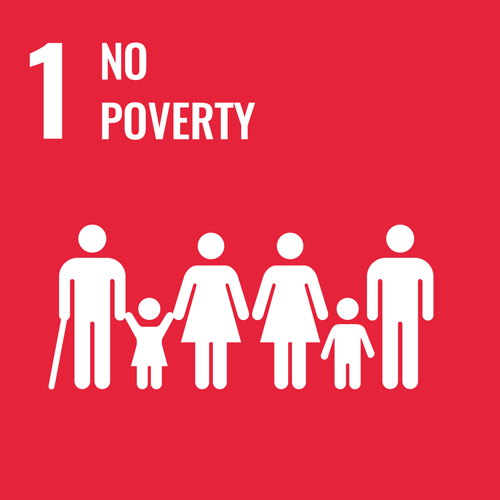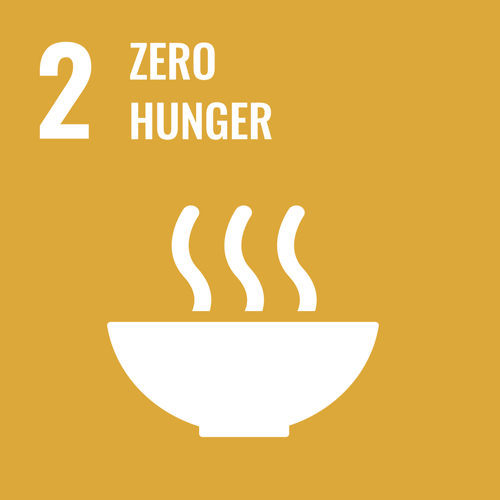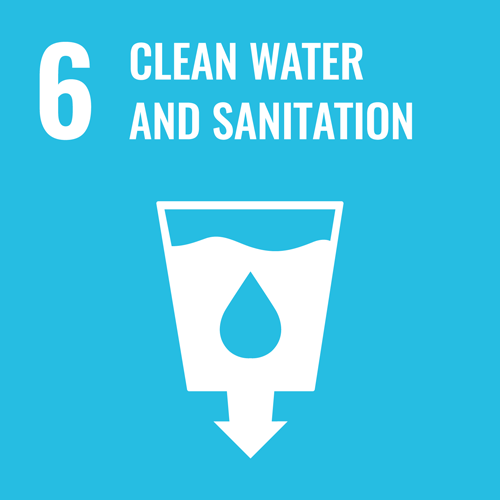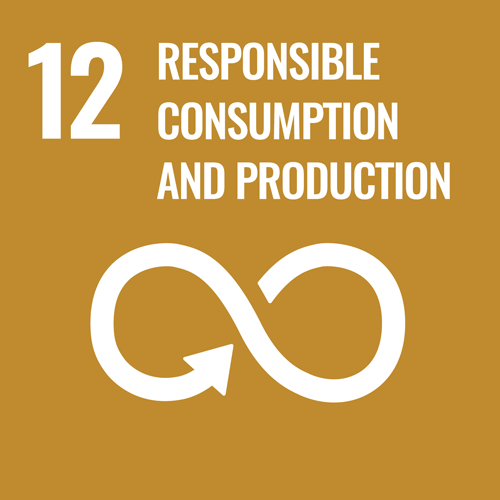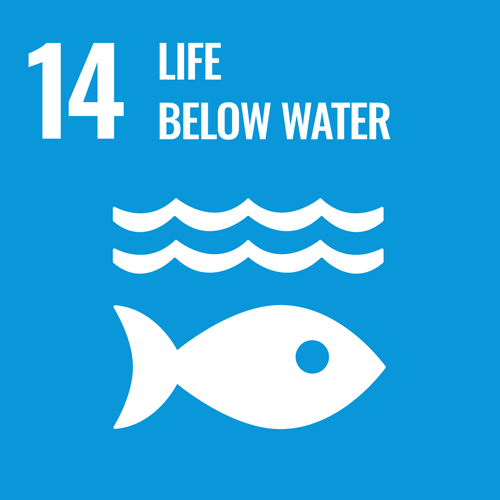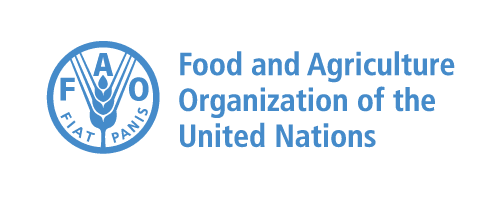
The Food and Agriculture Organization (FAO) is a specialized agency of the United Nations that leads international efforts to defeat hunger.
Our goal is to achieve food security for all and make sure that people have regular access to enough high-quality food to lead active, healthy lives. With over 194 member states, FAO works in over 130 countries worldwide. We believe that everyone can play a part in ending hunger.
Description of Activities on AI
Project 1: Strengthening global access to agricultural information and knowledge (Hand-In-Hand Geospatial Platform)
Earth observation and geospatial IT play a more important role in agriculture. FAO has created the Hand-in-Hand Geospatial Platform that hosts data sourced from FAO, FAO partners in the public and private sectors including from across the UN, NGOs, government institutions, academia and space agencies. The platform has significantly increased the interoperability of FAO geospatial data and the cost-effective maintenance and sustainability of different FAO geospatial applications. Machining learning and AI are used in cutting edge quantitative remote sensing in agriculture; world class cloud computing capabilities; enabling unprecedented crosssectoral knowledge discovery by integrating data on Soil, Land, Water, Climate, Fisheries, Livestock, Crops, Forestry, Trade, Social and Economics and much more.
Project 2: Crop phenology and crop calendar with remote sensing and GEO-AI
Crops phenology and crop calendar are essential to many agricultural applications. This project uses time-series satellite remote sensing data and auxiliary data to generate crop phenology data and crop calendar, with employing machine learning and GEO-AI. There are 2 phases of the project. First, algorithm development is committed in several pilot regions, and then global dataset will be produced.
Project 3: Global and Country ASIS (Agriculture Stress Index System)
The Agricultural Stress Index System (ASIS) monitors agricultural areas with a high likelihood of water stress/drought at global, regional and country level, using satellite technology. ASIS uses satellite‑based remote sensing data to detect agricultural areas (cropland or grassland) with a high likelihood of water stress (dry spells and drought). It simulates the analysis that an expert in remote sensing would undertake and simplifies the interpretation and use of the data for users who are not remote sensing experts.
Project 4: FAO Data Lab
The Data Lab developed and implemented a new set of tools in order to assist the FAO and all stakeholders in analysing how exactly COVID-19 is affecting food value chains and food security around the world. The tools use open-access resources, are updated daily and are complemented with useful visual representations. This way, raw data are enriched with additional value, consisting in the possibility of sorting information by relevance and carrying out semantic searches, according to the users’ needs.
Project 5: Detecting Fall armyworm through user submitted photos (FAMEWS)
Combines an online monitoring platform for mapping data collected by the FAMEWS mobile app whenever fields are scouted, or pheromone traps are checked for FAW. The platform provides a real-time situation overview with maps and analytics of FAW infestations at global, country and sub-country levels. The FAMEWS mobile app enables data collection of scouting data, which can be collected manually or through an image recognition model which provides immediate advice on FAW infestation. The global monitoring platform and the mobile are designed to expand with the evolving needs of farmers, analysts and decision-makers. Both are freely accessible and are helping reduce crop yield losses and risk of further introduction and spread of FAW.
Project 6: FAO Digital Portfolio (FDP)
The project covers internal efforts to apply machine-learning and natural language processing to transform FAO project related data into global digital trends and insights as well as an organization’ wide portfolio of products for reuse and reinvestment in future projects. Current effort is focused on taking FAO project descriptions as inputs and producing the related business and technology thematic areas the projects relate to as outputs.
Project 7: iSharkFin (Identifying shark species from a picture of the fin)
iSharkFin is an expert system that uses machine learning techniques to identify shark species from shark fin shapes. Aimed at port inspectors, custom agents, fish traders and other users without formal taxonomic training, iSharkFin allows the identification of shark species from a picture of the fin. The iSharkFin follows an interactive process. Users only need to take a standard photo, select some characteristics of a fin and choose a few points on the fin shape; iSharkFin will then automatically analyze the information and identify the shark species from which the fin comes.
Project 8: WaPOR (Water Productivity through Open access of Remotely sensed derived data)
WaPOR is FAO’s portal to monitor Water Productivity through Open-access of Remotely sensed derived data, assists countries in monitoring water productivity, identifying water productivity gaps, proposing solutions to reduce these gaps and contributing to a sustainable increase of agricultural production. At the same time, it takes into account ecosystems and the equitable use of water resources, which should lead eventually to an overall reduction of water stress. The WaPOR portal provides open access to key land and water variables (including reference and actual evapotranspiration, biomass, land cover, precipitation) in near – real time for the whole of Africa and the Near East, from 2009 to date at a spatial resolution ranging between 30 and 250 meters.


